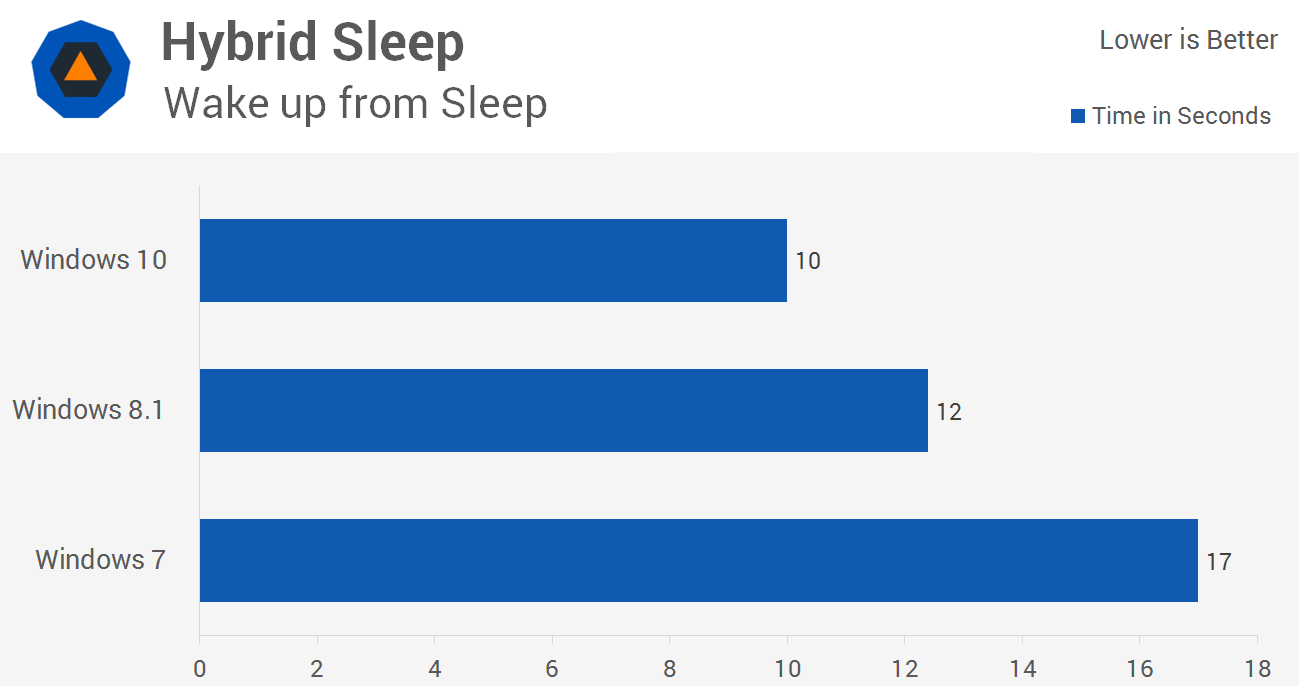Three years ago we were benchmarking Microsoft's then latest operating system, Windows 8. At the time we were keen to make sure Windows 8 performed as well as Windows 7, which was a huge upgrade from 2006's Windows Vista.
In the end, we determined that Windows 8 was on par with 7 and at times a fraction faster, leading us to this conclusion in our performance review:
"Looking beyond benchmarks, Windows 8 appears more polished than Windows 7, even if you plan to live on the desktop and aren't too fond of the Start screen, general usage is smoother and appears to be faster on Windows 8, which I found most noticeable on our somewhat underpowered Athlon II X4 system. If anything, it's a great start. Now the Metro/Modern style will have to prove itself as a cross-platform OS that marries desktop, laptop and tablet PCs."
It's obvious now that the 'Metro' Start screen was an epic failure and in my opinion it was the only real issue with Windows 8, as I thoroughly enjoyed using the operating system with Classic Shell installed.
Fortunately, Microsoft learned from its mistakes and addressed some of Windows 8's shortcomings in Windows 10, which we believe is the best version yet, if only for its improved looks and functionality across devices and form factors.
After running the beta for months, I installed Windows 10 on launch day with the impression that it was relatively fast and stable, though it remained to be seen precisely how fast it was compared to Windows 8.1 and the beloved Windows 7.
That's what we plan to find out today as we test various aspects of the operating system including boot up and shutdown times, file copying, encoding, browsing, gaming and some synthetic benchmarks.
Test System Specs
All three operating systems were tested using a fresh install with all the updates applied and then our test software installed. The exact same hardware was used for each configuration with the only difference being the OS used.
- Intel Core i5-4670K (3.4GHz - 3.8GHz)
- Asrock Z97 Extreme6
- 8GB DDR3-2400 RAM
- Nvidia GeForce GTX 980
- Crucial MX200 1TB
- SilverStone Essential Gold 750w
- Windows 7 Ultimate 64-bit, Windows 8.1 Pro 64-bit, Windows 10 Pro 64-bit
Boot, Sleep & Hibernate Performance

Using BootRacer we measured the time it took for Windows to boot. Windows 8.1 delivered the best result taking just four seconds opposed to six seconds on Windows 10, from the Windows logo to usable desktop.
Manually measuring boot time with a stopwatch delivered similar results, though in realistic terms I struggled to find real differences, with the three operating systems just one or two seconds apart from each other on a fresh install.
Surely these results will vary depending on hardware used, configuration and state of the operating system after months of use, patching and third party apps taking its inevitable toll. We know our hardware was identical for all three OS configurations, so with this setup Windows 10 does appear slightly slower at booting.

Here we measured the time it takes for the system to wake up from sleep. The test stops the moment the desktop is loaded and we induced sleep with a custom shortcut.
Windows 7 takes quite long to wake from sleep – 17 seconds on average. Windows 8.1 is considerably faster taking just 12 seconds, though Windows 10 was able to improve on this shaving off an additional 2 seconds.
Editor's note (Update): Many readers have pointed out how slow these wake up from sleep times are compared to your laptop where either version wakes up almost instantaneously. The reason is that we ran all tests in a desktop PC, where Windows defaults to Hybrid Sleep. Hybrid sleep is a combination of sleep and hibernate meant to prevent users from losing work in case of a power failure.

The wake up from hibernation results are similar to wake from sleep. Here Windows 10 took just 21 seconds, while Windows 8.1 was slightly slower taking 23 seconds and then Windows 7 at 27 seconds.

